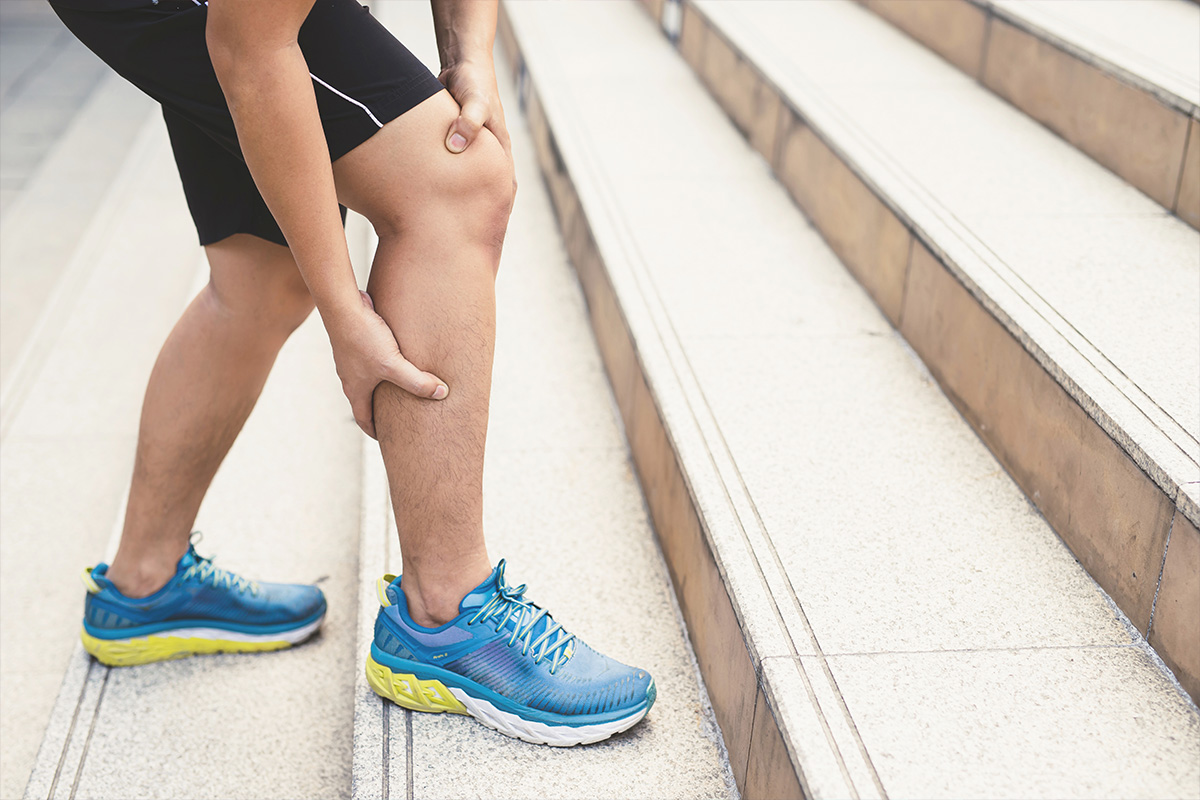Calf and lower leg MRI – a precise examination for identifying pain and injuries

Magnetic resonance imaging (MRI) of the calf and lower leg is a safe and painless examination that provides accurate information about muscles, tendons, nerves, blood vessels, and bones. Magnetic resonance imaging helps identify stress injuries, muscle strains, nerve compression, and bone changes that are not always visible on X-rays or ultrasound scans.
As the examination does not involve radiation, it is also ideal for young people, athletes, and regular monitoring.
When is MRI of the calf and lower leg necessary?
Pain in the lower leg and calf can be caused by many different factors, such as stress injuries, muscle strains, vascular problems, or nerve compression. Magnetic resonance imaging provides an accurate picture of the nature and extent of the injury, which is crucial for determining the right treatment.
Common reasons for magnetic resonance imaging of the calf and lower leg:
- Recurring or prolonged pain in the shins and calves
- Muscle strain, tear, or suspected tear
- Stress injury (e.g., stress fracture of the shinbone)
- Unclear swelling or hematoma
- Determining the cause of nerve compression or numbness
- Sports injury or pain caused by excessive strain
- Precise diagnosis prior to surgery or rehabilitation
Magnetic resonance imaging is particularly useful for active people and athletes, for whom accurate diagnosis of injuries is important for fast and safe rehabilitation.
How to prepare for the examination
Magnetic resonance imaging of the calf and lower leg does not require any special preparation. You can eat and drink normally. During the examination, the area must be free of metal objects and tight clothing.
If you have metal implants in your leg or elsewhere in your body, always report them in advance – the examination can usually be performed safely after an individual assessment.
How is MRI of the calf and lower leg performed?
The examination is performed in a lying position. The leg to be imaged is placed firmly in position so that it remains completely still during the examination. During magnetic imaging, the device makes a tapping sound, but you will be given earplugs or headphones if necessary.
The examination takes about 20–30 minutes. It is important to remain still in order to obtain accurate images.
Results and follow-up measures
The images are analyzed by a radiologist, who prepares a written report on the findings. You will receive the results within a few business days, and they can also be sent directly to your treating physician or physical therapist.
Magnetic resonance imaging of the calf and lower leg helps identify the exact cause of pain and injuries, which speeds up the start of proper treatment and rehabilitation.
Book an appointment for magnetic resonance imaging of the calf and lower leg – no doctor’s referral required
You can easily book an appointment online – no referral is needed.
Visio Magneettikuvaus, Iso Omena, Espoo – Modern equipment and friendly customer service.
